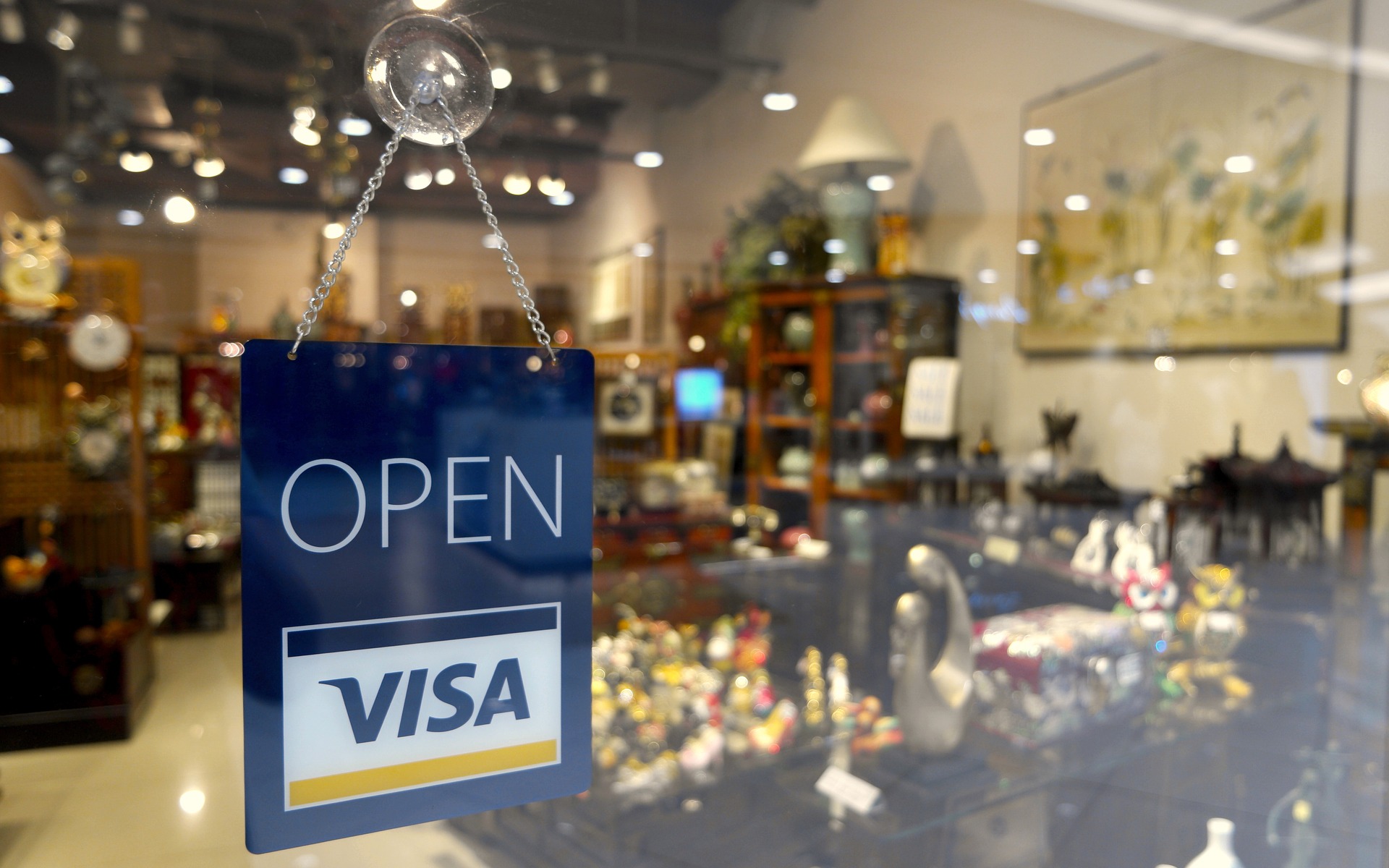 Keep your customers happy – it takes a tremendous amount of time and money to get their attention in the first place.
Keep your customers happy – it takes a tremendous amount of time and money to get their attention in the first place.
Customer churn is expensive. In fact, it costs between five and 25 times more to acquire a new customer than to retain an existing one.
That’s why customer loyalty is so valuable – and why loyalty programs can be so valuable to a brand. According to one metric, between 25-40% of total revenue can be attributed to loyal, returning customers.
Brands big and small are taking note: They need to deliver on the promise of strong, personalized and useful loyalty programs, or risk losing customers and falling behind.
Today, 68% of millennials say they wouldn’t be loyal to a brand if it doesn’t have a good loyalty program. And customers will stop participating in a loyalty program if it fails to provide useful offers.
It’s an idea that rings true for some of the top brands presenting at the 2018 Customer Relationship Management Conference (CRMC) in Chicago.
“We can either be a statistic, or we can work to ensure we are relatable to the customer for the long term,” said Ruth Crowley, vice president of customer experience design at Lowe’s Home Improvement.
Here’s how three brands at CRMC 2018 are fighting to retain their customers and earn fans with killer customer loyalty programs.
Starbucks
Starbucks found that its most regular coffee addicts – or rather, coffee drinkers – drive revenue. In fact, just 20% of Starbucks customers are responsible for 40% of overall earnings.
Starbucks uses its app to maintain engagement, reward regulars and make ordering easy with mobile ordering, said Shawn Sweeny, vice president of digital experiences.
This digital experience amplifies the brand experience through personalized recommendations and hyper segmentation.
Starbucks has evolved from 30 customer segments to segments of just 30 people – your coffee drinking doppelgangers, per se. Recommendations are based on time of day, preferences and purchase context such as pairing a drink with a food item.
As a result, now 12% of all Starbucks orders are made through its mobile app, and digitally engaged customers are two times more aware of new products and 1.5 times more aware of core brand initiatives.
Express
A few years ago, Express was looking at a failing loyalty program. For six quarters, the retail brand experienced negative existing customer return rates. Though people in the program loved the benefits, new customers weren’t signing up due to a lack of awareness.
To fix this, the retailer needed to integrate its loyalty program fully within the rest of its brand, making its Express NEXT program an integral part of its brand experience.
Express rewards customers not only for purchases, but also for SMS signups, app downloads, social interactions and other activities. Some of these behaviors result in instant rewards, such as a $5 off coupon for text message signups, accelerating the rewards enrollment process.
It also gives extra rewards to customers who sign up for its credit card. Customers who sign up for a credit card are often the best customers, said Kate O’Shaughnessy Jung, director loyalty, mobile & strategic partnerships at Express.
As a result, Express spends less on paid ads, instead marketing to customers who have already raised their hands for alerts via SMS, push notifications and emails.
Glossier
Makeup fanatics are obsessed with the direct to consumer beauty brand Glossier. And Glossier is obsessed with creating relationships – not just with consumers, but between them.
When the brand saw that its fans were spreading the word about its products online, it chose to leverage power of word of mouth marketing, social media and micro influencers. Its customers were willing to advertise its ultra popular brow products and blush for free – so why not empower them?
Today, Glossier has hundreds of reps who evangelize about the brand via their own landing page on Glossier’s website, Instagram and other social media.
The program has not only created a strong relationship with Glossier, but a tribe of Glossier fans who bond over their love of the brand.
Starbucks, Express and Glossier created successful loyalty programs because they are personalized to and useful for their customer. These strong programs improve the brand experience, smooth the buyer’s journey and create lasting consumer brand relationships – just as customers expect.
Great loyalty programs are fueled by strong insights and robust data. Brands can’t just rely on basic demographic information and an email. Instead, they need to collect in-depth customer information and supplement with third-party data to create personal loyalty programs that resonate with customers.
 Affiliate Marketing
Affiliate Marketing Automotive
Automotive eCommerce and Retail
eCommerce and Retail FinTech
FinTech LeadGen
LeadGen Nonprofit and Political
Nonprofit and Political Payments
Payments Technology Platforms
Technology Platforms Tourism and Hospitality
Tourism and Hospitality
 Keep your customers happy – it takes a tremendous amount of time and money to get their attention in the first place.
Keep your customers happy – it takes a tremendous amount of time and money to get their attention in the first place.